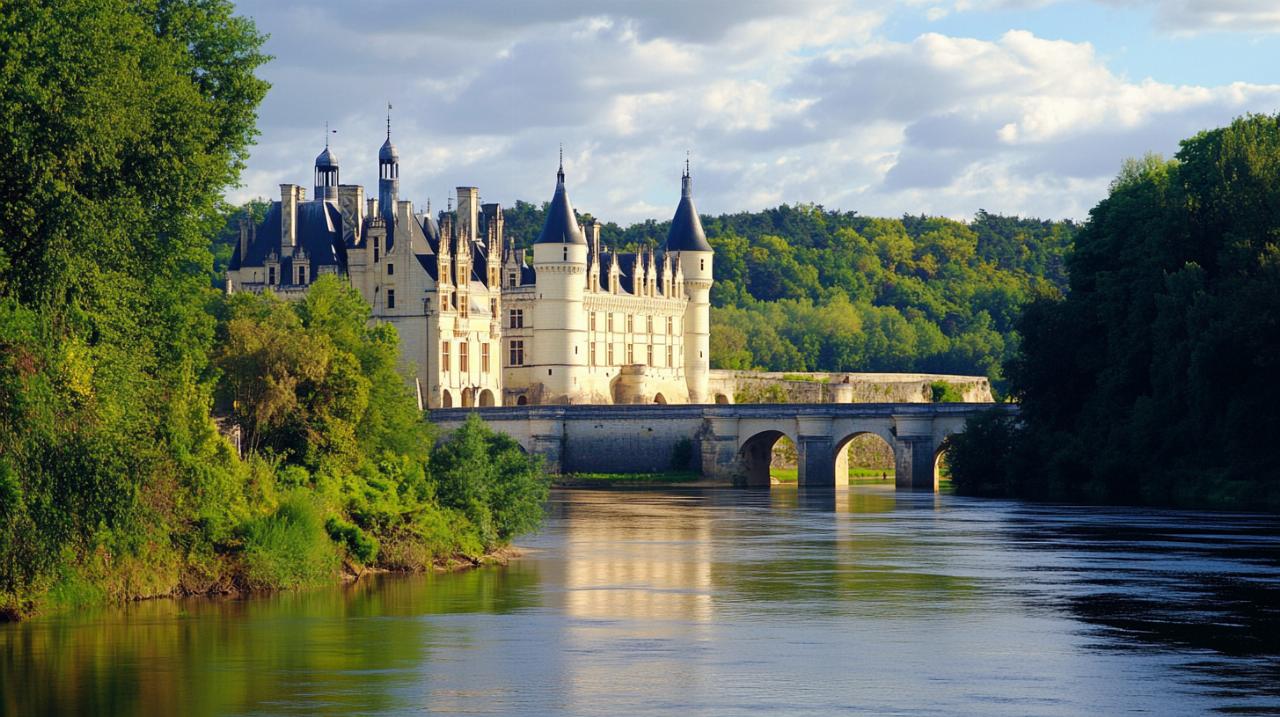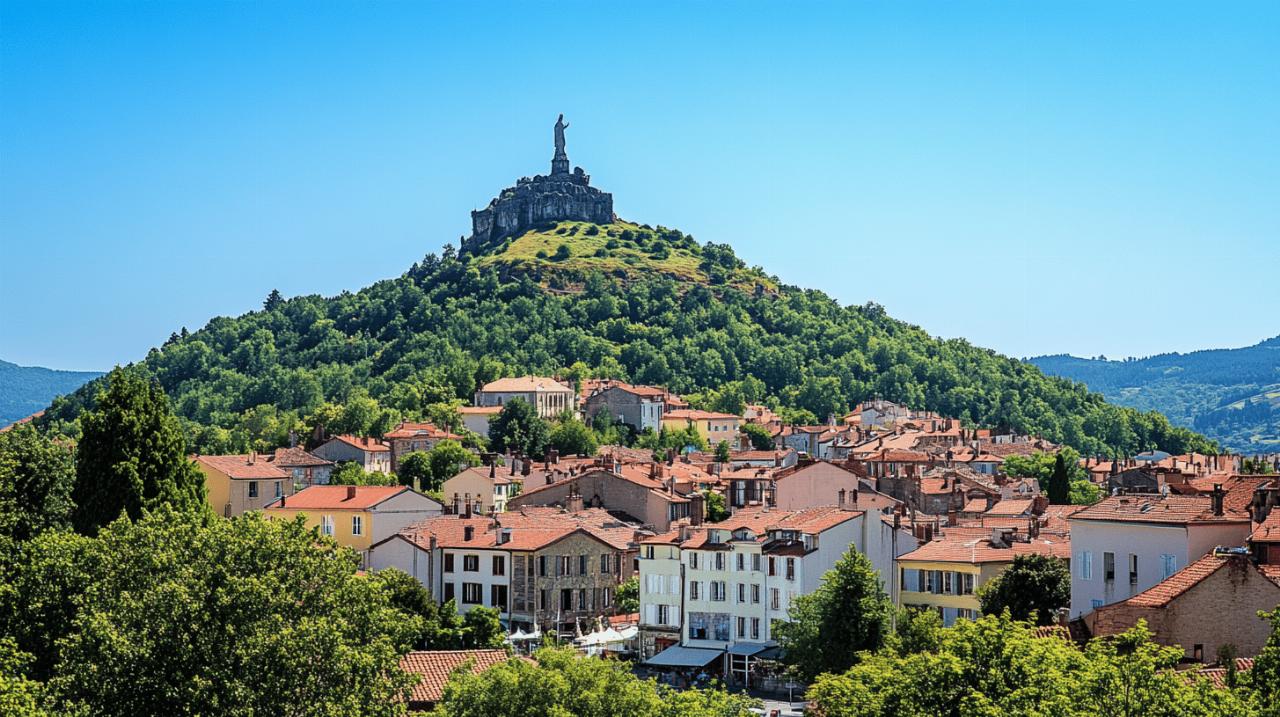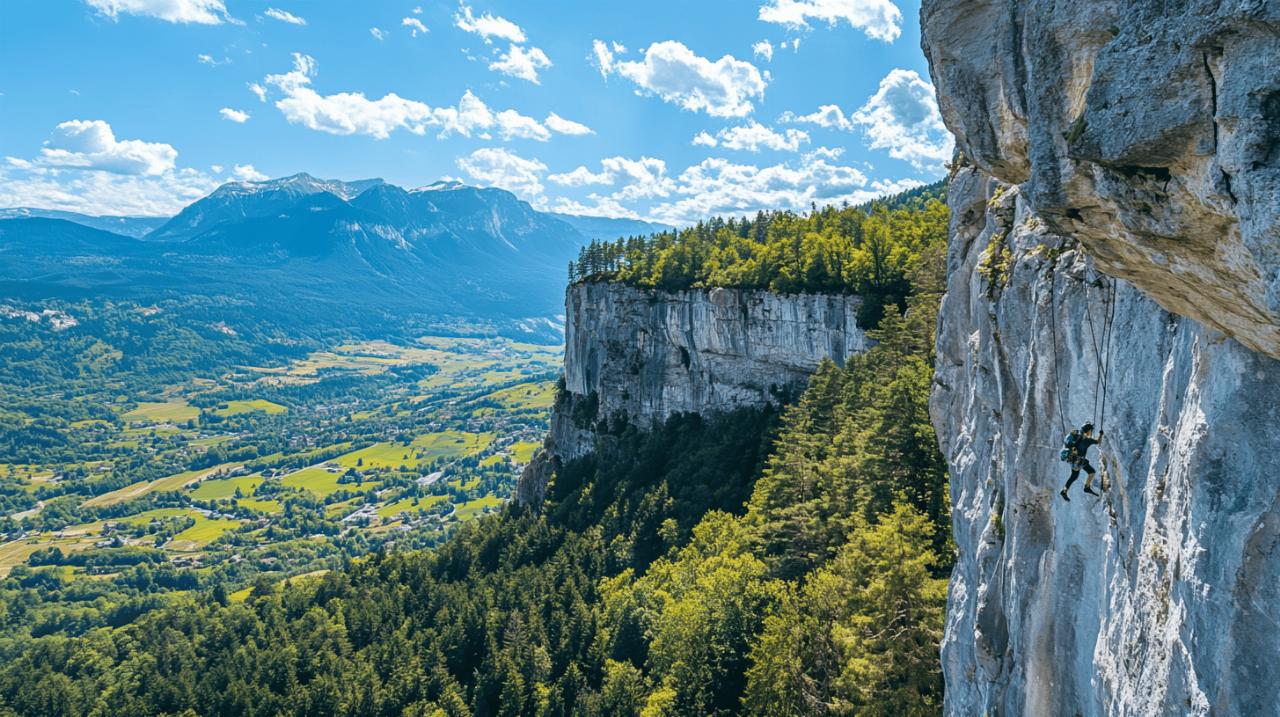Travelling between Paris and Lille has become remarkably straightforward in recent years, thanks to excellent rail connections that whisk passengers between these two vibrant French cities in barely more time than it takes to enjoy a leisurely breakfast. Whether planning a quick day trip or the first leg of a longer adventure through northern France, understanding your transport options ensures a smooth and stress-free journey that maximises both time and budget.
Why the Train Reigns Supreme for Paris to Lille Travel
When it comes to covering the distance between the French capital and the charming northern metropolis of Lille, rail travel stands head and shoulders above all alternatives. The combination of speed, reliability, and sheer convenience makes choosing the train a no-brainer for most travellers. Those who opt for the high-speed service find themselves stepping off at their destination whilst others are still navigating motorway junctions or settling into uncomfortable coach seats. The railway network connecting these two cities represents some of the finest infrastructure in Europe, delivering passengers directly from one city centre to another without the complications that plague other forms of transport.
Speed and comfort combined: the tgv advantage
The high-speed TGV service transforms what could be a lengthy cross-country slog into a swift and pleasant experience lasting approximately one hour. These sleek trains hurtle along dedicated tracks at speeds exceeding 280 kilometres per hour, yet passengers barely notice the velocity whilst comfortably ensconced in spacious seats. The journey time proves so efficient that travellers often find themselves arriving before they have finished their coffee or completed that chapter they were reading. Inside the carriages, amenities cater to modern needs with Wi-Fi connectivity allowing passengers to catch up on emails or browse the web, whilst power sockets ensure devices remain charged throughout the trip. Those seeking additional luxury can opt for first class accommodation, where the choice between standard Premiere tickets and the more comprehensive Business Premiere offering provides flexibility to match different preferences and budgets. The onboard bar and bistro car serves refreshments ranging from quick snacks to more substantial meals, making it entirely possible to enjoy a civilised lunch whilst watching the French countryside flash past the window.
Direct city centre connections without the faff
One of the most compelling advantages of rail travel between Paris and Lille lies in the stations themselves, which sit right in the heart of both cities rather than on distant outskirts requiring additional transfers. Departures from Gare du Nord place travellers within easy reach of multiple Metro and RER lines, making the start of the journey refreshingly simple regardless of where in Paris one happens to be staying. Upon arrival in Lille, most services pull into Lille Flandres station, though some terminate at Lille Europe, with both facilities positioned perfectly for immediate access to accommodation, restaurants, and attractions. This direct connection eliminates the tedious additional journeys that plague air travel with its remote airports, lengthy check-in procedures, and security queues. Stepping off the train means stepping straight into the city, ready to explore without delay or complication. The frequency of services proves equally impressive, with trains departing throughout the day at regular intervals, typically one or two per hour, providing genuine flexibility for travellers who value spontaneity or need to adjust plans at short notice.
Booking your train tickets: top tips for savvy travellers
Securing the best possible deal on rail tickets requires a bit of forward planning, though the process itself remains straightforward enough for even the most technologically challenged traveller to navigate successfully. The pricing structure for train travel in France rewards those who book ahead, with significant savings available to passengers willing to commit to specific departure times well in advance of their travel date.
Securing the best fares through early booking
The golden rule for anyone hoping to travel economically between Paris and Lille centres on booking as early as possible, ideally up to four months before the intended travel date. Ticket prices start from as little as eighteen euros for passengers who snap up the cheapest advance fares, though these budget-friendly options disappear quickly as departure dates approach and more travellers begin making their plans. Those booking closer to their travel date often find themselves paying anywhere between ten and sixty-five euros depending on timing, day of the week, and remaining availability. The price variation can seem quite stark, making the difference between a bargain journey and a rather expensive one purely down to planning ahead. Families and groups should note that children aged between four and eleven typically pay half the adult fare, whilst youngsters under four travel free provided they do not require their own seat. Understanding these pricing tiers helps travellers make informed decisions about when to commit to specific travel times versus maintaining flexibility for a higher cost.
Navigating sncf connect and regional train options
The SNCF Connect platform serves as the official booking portal for French national rail services, offering the most comprehensive selection of departure times and ticket types. Whilst the interface occasionally challenges non-French speakers, perseverance generally rewards users with successful bookings and e-tickets delivered promptly via email. Alternative booking platforms exist, including HappyRail, a Netherlands-based rail ticket agency that provides another route to securing seats on Paris to Lille services. Those considering rail passes should remember that seat reservations remain compulsory on TGV services even for pass holders, requiring an additional booking step beyond simply holding valid pass documentation. For travellers with slightly more time and tighter budgets, the TER regional train services present a viable alternative to the high-speed options, taking between two and three hours to complete the journey but offering more affordable fares in exchange for the extended travel time. These slower services provide the added benefit of more frequent stops and opportunities to observe the evolving landscape of northern France, appealing to those who view the journey as part of the experience rather than merely a means to an end.
Alternative transport methods: when to consider other routes
 Whilst rail travel dominates the Paris to Lille corridor for excellent reasons, alternative transport methods exist for those with specific circumstances, priorities, or constraints that make other options more suitable. Understanding what these alternatives involve helps travellers make fully informed decisions about their journey.
Whilst rail travel dominates the Paris to Lille corridor for excellent reasons, alternative transport methods exist for those with specific circumstances, priorities, or constraints that make other options more suitable. Understanding what these alternatives involve helps travellers make fully informed decisions about their journey.
Driving and motorway considerations: the a1 reality
Taking to the road represents a theoretical option for those with access to a vehicle, though the practical realities often undermine any perceived advantages. The A1 motorway provides the primary route between Paris and Lille, but this major arterial road frequently suffers from congestion, particularly during peak travel periods and holiday seasons when queues can extend for kilometres. Beyond the unpredictability of journey times, drivers must factor in the cost of fuel, motorway tolls that add up quickly over the distance involved, and the inevitable challenge of finding parking upon arrival in Lille. The city centre parking situation ranges from expensive to nearly impossible during busy periods, potentially adding significant time and frustration to what should be the final stage of the journey. For travellers planning to explore the wider Hauts-de-France region with multiple stops at smaller towns and villages, having a car makes considerable sense, but for a straightforward Paris to Lille transfer, the hassle generally outweighs any benefits.
Coach Services: Budget Travel for the Patient Journeyer
Bus services operating between Paris and Lille appeal primarily to extremely budget-conscious travellers willing to sacrifice time and comfort for lower fares. These coaches typically take around three hours and fifteen minutes to complete the journey, with tickets costing between ten and twenty euros, representing genuine savings compared to last-minute train fares. Departures from Bercy Seine Station in Paris and arrivals at Lille Europe station keep things reasonably convenient from a location perspective, though the extended journey time makes this option considerably less attractive for anyone with limited time or a preference for comfort. The experience of coach travel differs markedly from trains, with more basic seating, fewer amenities, and the unpredictability of road traffic potentially extending journey times further. For backpackers and students prioritising budget above all else, coaches serve their purpose adequately, but most travellers find the marginal savings insufficient compensation for the additional time spent in transit.
Arriving in Lille: Making the Most of Your Journey's End
Reaching Lille marks the beginning rather than the end of the travel experience, with the city offering a wealth of attractions, culinary delights, and cultural experiences waiting to be discovered. Understanding the layout of arrival points and onward connections ensures visitors can transition smoothly from transport to exploration.
Understanding lille's two main railway stations
Lille operates two principal railway stations that between them handle the overwhelming majority of arrivals from Paris and other cities. Lille Flandres station receives most services from Paris, functioning as the traditional terminus with its handsome nineteenth-century architecture and central location making it a landmark in its own right. A short walk away, Lille Europe station serves as the more modern facility primarily handling international Eurostar services alongside some domestic trains, its contemporary design contrasting with the classical styling of its older counterpart. Both stations sit within the city centre proper, positioned close enough to each other that walking between them takes barely ten minutes for those maintaining a leisurely pace. This proximity means that regardless of which station a train pulls into, visitors find themselves ideally placed to begin exploring without requiring taxis or additional transport. The surrounding areas bristle with hotels, restaurants, and shops, creating an immediate sense of arrival in a vibrant urban environment rather than the isolated feeling that sometimes accompanies arrival at more peripheral transport hubs.
Quick Connections to Accommodation and City Attractions
From either station, reaching accommodation or beginning sightseeing requires minimal effort thanks to excellent local transport links and the compact nature of central Lille. The city operates an efficient Metro system alongside buses and trams that connect major districts and attractions, though many visitors find that walking serves perfectly well for exploring the historic centre where many hotels cluster. Those staying further afield can purchase transport tickets from automated machines found throughout both stations, with clear signage in multiple languages guiding passengers through the purchasing process. The immediate vicinity of the stations features numerous cafes and brasseries perfect for that first authentic northern French meal, whilst tourist information points provide maps and guidance for visitors seeking recommendations. Lille rewards exploration on foot, with its Flemish-influenced architecture, cobbled squares, and abundance of museums and galleries revealing themselves gradually to those willing to wander. The city proves equally suitable for quick day trips from Paris and longer stays that allow deeper immersion in the distinctive culture of this often-overlooked corner of France, with the journey itself serving as a painless prelude to whichever experience visitors seek.







